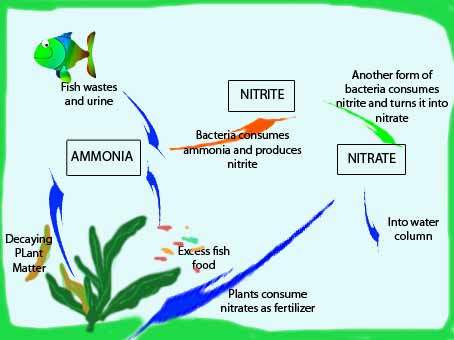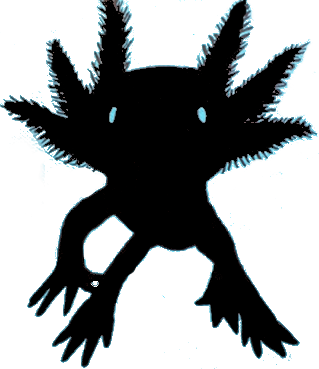Junaz
New member
So I have a baby golden axolotl of about 2.5 inches, and I've had it for about 5 days. My tank was not cycled when I got her, its 100 percent my fault. My local pet store told me that all I had to do was add some dechlorinator, and my tank would be good. After doing more research, I realized they were wrong, however how wrong were they? No matter how hard I looked, I couldn't find anyone that talked about dechlorinator in cycling a tank until I found this website:

 axolotlcity.com
It explains how it is possible to cycle a tank in the short span of time with simply some primer. Which I do have, and I have been using. It also says that I can add the baby in while I do this, which I honestly don't have any other choice but to do because I don't have any safe water to put it in. I know, I know, it's not ideal. I feel horrible. I'm terrified my baby is going to die. I'm constantly testing my water parameters, and I was kind of excited to see the (small, between 0 and 5 ppm) presence of nitrites. That means the cycle is starting, right? I have a 20 gallon tank with probably 11.5 gallons of water in it, and everyday I take out two gallons and then add it back with new water with a few drops of primer in it. That's what I've been doing for a few days. My biggest concern is the ammonia. The primer I'm using (seachem primer) says that it converts ammonia, which is toxic, to ammonium, which is non toxic, however my api water test kit will not be able to tell the difference. My ammonia levels read about 1ppm, but I had no choice but to put her in there and it said that it should be fine? The baby is eating well, pooping on time, exploring it's new tank. It's gills are kind of pink but everything I've been seeing says that that's normal. It's gills aren't curled forward and it's tail is straight most of the time. I just want some feedback, and confirmation on the dechlorinator cycling process. This is my first time owning an axolotl, and I just want it to be ok.
axolotlcity.com
It explains how it is possible to cycle a tank in the short span of time with simply some primer. Which I do have, and I have been using. It also says that I can add the baby in while I do this, which I honestly don't have any other choice but to do because I don't have any safe water to put it in. I know, I know, it's not ideal. I feel horrible. I'm terrified my baby is going to die. I'm constantly testing my water parameters, and I was kind of excited to see the (small, between 0 and 5 ppm) presence of nitrites. That means the cycle is starting, right? I have a 20 gallon tank with probably 11.5 gallons of water in it, and everyday I take out two gallons and then add it back with new water with a few drops of primer in it. That's what I've been doing for a few days. My biggest concern is the ammonia. The primer I'm using (seachem primer) says that it converts ammonia, which is toxic, to ammonium, which is non toxic, however my api water test kit will not be able to tell the difference. My ammonia levels read about 1ppm, but I had no choice but to put her in there and it said that it should be fine? The baby is eating well, pooping on time, exploring it's new tank. It's gills are kind of pink but everything I've been seeing says that that's normal. It's gills aren't curled forward and it's tail is straight most of the time. I just want some feedback, and confirmation on the dechlorinator cycling process. This is my first time owning an axolotl, and I just want it to be ok.

Cycle My Aquarium - How To Cycle An Aquarium
How to Cycle my Fish Tank, Set up my Aquarium, Axolotl fish tank, nitrogen nitrate, ammonia
 axolotlcity.com
axolotlcity.com
